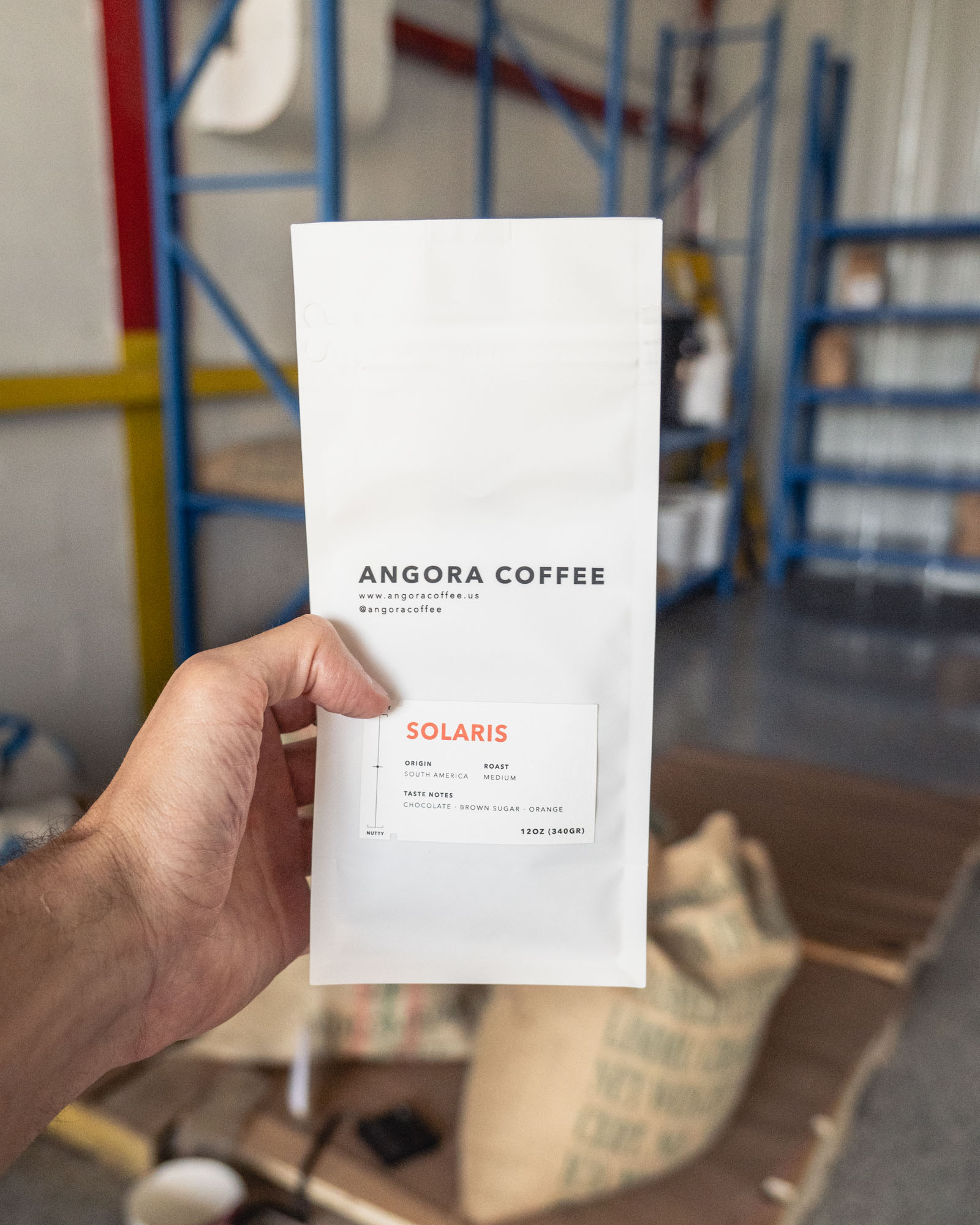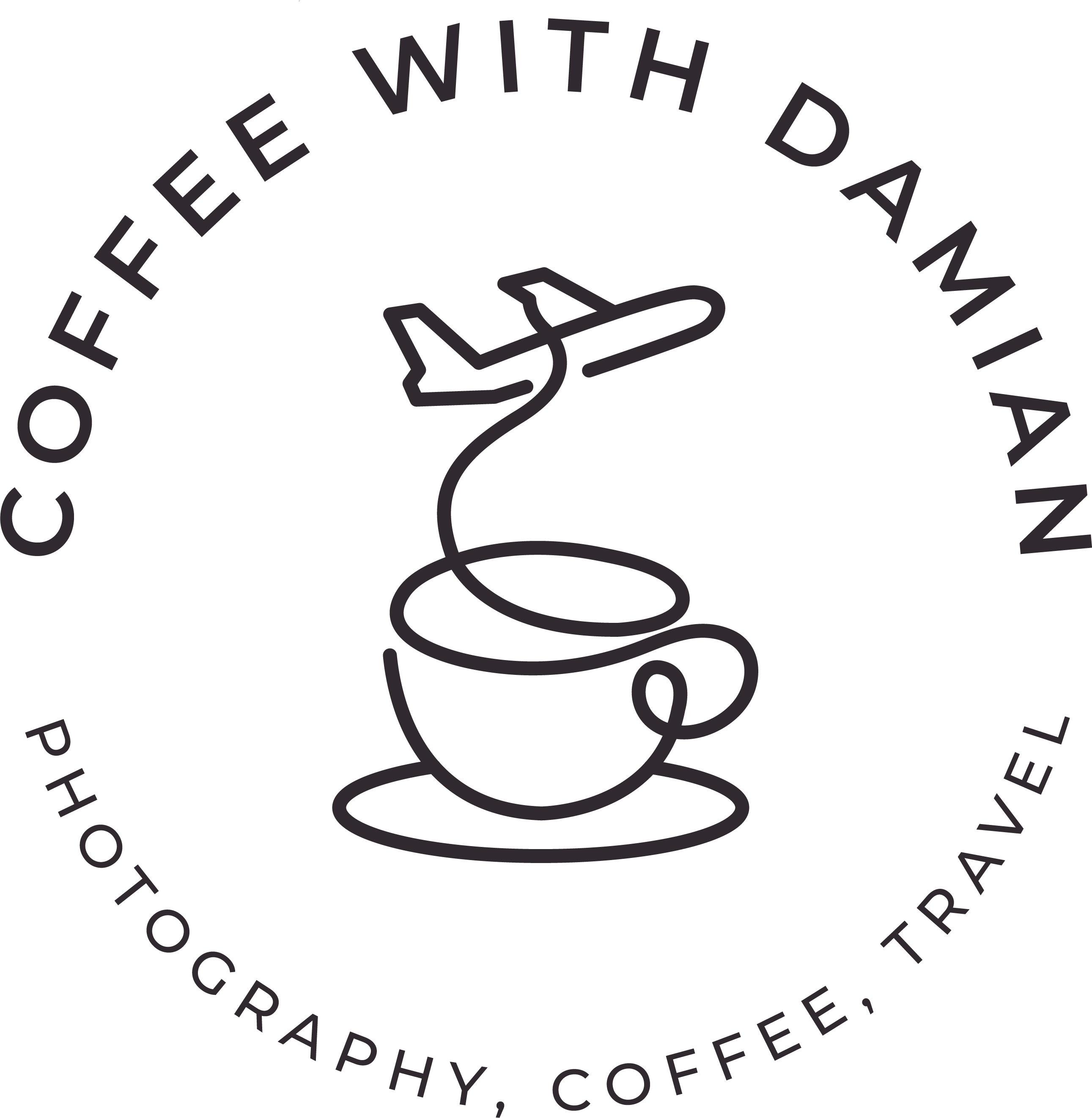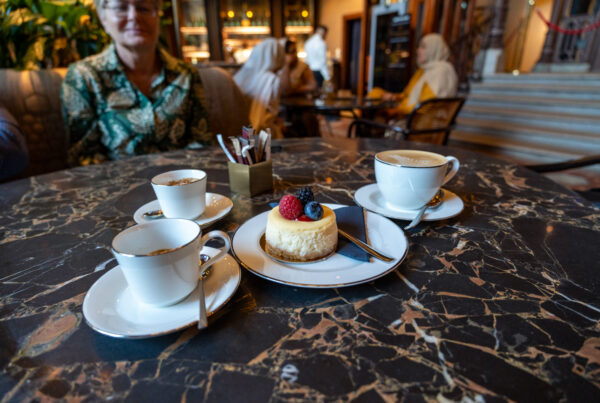Intro
Coffee cupping or coffee tasting is the process of observing the tastes and flavors of brewed coffee. Normally it is a professional practice but can be done informally by anyone. The professional coffee taster attempts to measure aspects of the coffee’s taste, specifically the body, oiliness, sweetness, acidity, and aftertaste.
Get your coffee today!
What is coffee cupping (tasting)
Coffee cupping is a simple process to taste, evaluate, and compare the flavor, quality, and potential of a given coffee. This is how coffee is tasted by producers and also buyers around the world to check the quality of coffee. In the cupping process, coffees are scored for aspects such as sweetness, cleanness, mouthfeel, acidity, and aftertaste. Coffee cupping is an excellent way to increase your knowledge about coffee. Coffee tasting helps you learn how to identify differences between cultivars and countries of origin. A standard coffee cupping procedure involves deeply sniffing the coffee beans. Then slurping the coffee from a spoon so it is aerated and spread across the tongue. Since coffee beans embody telltale aromas from the region where they were grown, cuppers may attempt to identify the coffee’s origin.
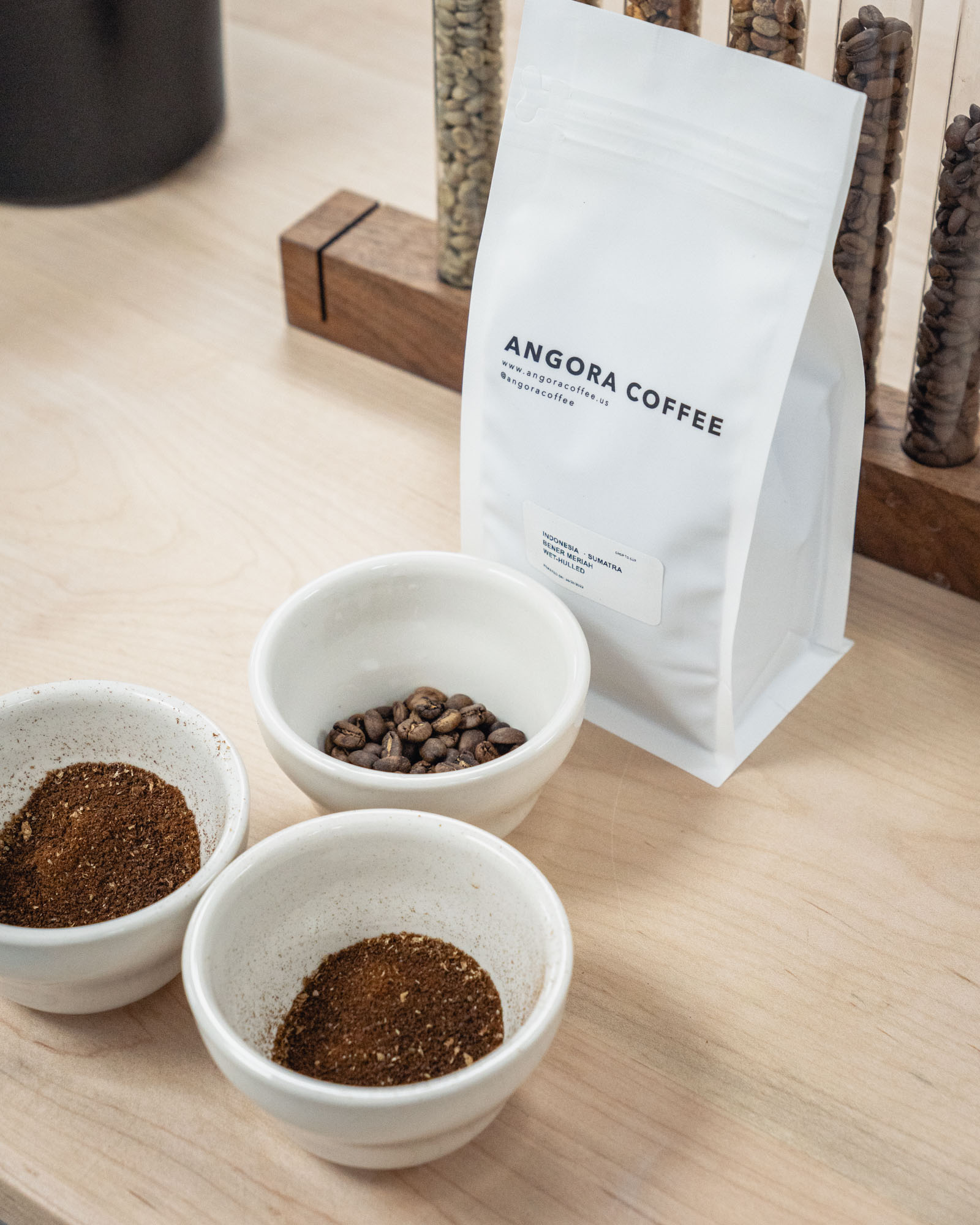
What is coffee roasting?
Coffee roasting is the process of transforming a green coffee bean into a dark brown bean at a high temperature and ready to be used as coffee for different brewing methods. A raw coffee bean doesn’t have the deep, aromatic characteristics of roasted beans. So it’s very important to roast the coffee beans. Roasting coffee transforms the chemical properties of green coffee seeds into roasted coffee products. The roasting process is what produces the characteristic flavor of coffee by causing the green coffee beans to change in taste. Some experts say that unroasted beans contain similar levels of proteins, acids, sugars, and caffeine but lack the taste of roasted coffee beans due to chemical reactions that occur during roasting.

How is coffee roasting done?
Coffee roasting is extremely important in the business sector. Roasting means transforming coffee beans from green to brown. There are many ways to make it and that affects the flavor and aroma. Here I will discuss the principles of commercial roasting.
Roasting Stages
Mainly there are three stages in roasting: the drying stage, browning stage, and roasting stage.
- Drying Stage
Before roasting, the coffee beans need to be dried. The coffee bean has a humidity of 8-12%. We need to dry it before the roasting starts. Normally drying stage lasts 4-8 minutes with a traditional drum roaster. The optimum temperature at the end of the drying stage is 160⁰C and left for up to 8 minutes. This drying stage will turn the coffee beans from green to yellow. This is enough time to dry out the coffee beans without burning them. Especially with traditional drum roasters, you need to be careful so that you do not burn the beans by having too much heat at the start. Then they move on to the main event, the roasting. The drying stage is very important for collecting energy for the bean. And the last stage of roasting is heat producing (exothermic).
- Browning Stage
From 160 ⁰C the coffee begins to smell like toasted bread and hay. This is when the aroma precursors are starting to convert to aroma compounds. Though the browning stage is after the drying stage, drying continues during the browning stage. Mainly Maillard reaction is responsible for browning. In this reaction, reducing sugars and amino acids react making hundreds of different aroma and color compounds. This is the stage when the roast naturally slows down and some roastmasters also want to slow it down because of flavor development. In the end of browning the coffee starts to pop.
3. Roasting Stage
The roasting stage is the main part of the process, and the most important. At the beginning of the roasting stage, the reaction becomes exothermic, and the coffee cracks. During the first and second stages, the bean has collected energy that makes the coffee explode. The roasting stage is also called the developmental stage as the wanted aroma compounds are developing in this stage. The coffee beans will develop nearly all of their flavors, character, and color during roasting. If we do not slow down the roast at the development stage, we get coffee that is smoky tasting and the flavor is too sharp. During the development phase, the reaction becomes exothermic and coffee cracks. During the drying and browning stages, the beans collect energy that makes the coffee explode. Development time is when the desired aroma compound is developing. If we don’t slow down the roast during the development phase, we will easily get coffee that tastes smoky and tastes too sharp.
4. Drying stage
Before anything happens, the coffee beans need to be dried. Coffee beans contain about 10% moisture, all of which needs to be extracted before any roasting takes place. This drying phase will turn the coffee beans from green to yellow as part of the reaction.
These beans are placed in a rotating roasting drum at 160⁰C and left for up to 8 minutes. This is enough time to dry the coffee beans without burning them. Then, they move on to the main event, the roasting.
The roasting stage is the main part of the process and the most important. Coffee beans will develop almost all of their flavor, character, and color during roasting. The roasting drum is now set between 200-230⁰C for up to 15 minutes and this is where the iconic coffee bean cracking begins.
At this point, the ‘Maillard reaction’ occurs slowly as the temperature rises. The Maillard reaction is when the sugars and amino acids in the coffee bean react together to form hundreds of new color and aroma compounds. This reaction produces the coffee bean’s familiar aroma and taste.
Each type of coffee demands a slightly different process when roasting. Often, the most common way to coffee roasters is to change the roast temperature and duration. Depending on the type of roast, roasting a coffee bean at a higher or lower temperature may take longer or longer. Well-experienced coffee roasters have developed the perfect formula for their coffee beans, knowing it like the back of their hand!
Roasting involves a lot of trial and error, so those who are impatient may want to avoid becoming a coffee roaster.
The final stage of cooling for coffee beans. The beans are dried and roasted, making them brown and packed full of flavor. Coffee roasters now (rudely) interrupt the roasting stage to bring the beans down to room temperature quickly.
By rapidly reducing the temperature of the coffee beans after roasting, the beans can preserve their unique flavors. This part takes a maximum of five minutes.

What are the two main methods of roasting coffee?
There are two main roasting methods used for this coffee transformation-the traditional drum roasting method and hot air roasting.
Drum roasting
Drum roasting is a large drum that rotates over a heat source, roasting the coffee as the beans meet the hot metal. With coffee swirling around a drum, the inconsistencies spread. Shedding chaff has no place to escape; Hotspots are scorched on the beans as the chaff sticks to the hot, metal drum and starts to burn. This can cause smoke to escape when the roaster is opened and an inherent smoky flavor to the overall roast. With drum-roasted coffee, every bag you buy and brew will be slightly different from the last.
But when you get a delicious coffee from a drum roaster, know that it takes a lot of care, skill, and precision to achieve that taste!
Hot air roasting
With hot air roasting, the coffee is suspended in a convective stream of hot air. This hot air evenly envelops every single bean; The unique characteristics of the coffee can be expressed because we achieve a consistent roast every time.
A hot air roaster’s sensors accurately measure the real-time temperature of the coffee as it undergoes these flavor changes. This allows our roasters to have greater control over the roast, pushing the coffee to the very edge of flavor development, without compromising sweet, clean flavors. This differs from a drum roaster’s temperature sensor that monitors the temperature of the air, not the temperature of the drum where the coffee is roasted on the hot metal. Inconsistent temperature readings can result in hotspots and poorly developed roasts.
How long does it take to roast coffee beans?
The time it takes to roast coffee beans with a home coffee roaster can vary greatly depending on your specific model, the temperature you use, how many beans you use at a time, and how dark you like your beans. In this tutorial, we took between 26 and 50 minutes to go from light to dark roast.
At that point, you need to chill the beans for 1-3 days depending on your preference, and then turn off the gas.
A stove-top popcorn maker takes five to 10 minutes to preheat. Five more minutes for a light roast and another five minutes for a medium roast. Instead of taking longer, it will take less than 20 minutes overall.
What is a coffee roasting profile?
A roast profile is a set of parameters that determine how a coffee should taste or roast.
Coffee roasting is the process of heating raw coffee beans for a specific period of time. This familiar concept reminds you of the two main factors that need to be controlled throughout the roasting process: time and temperature. So you need a complete record of these changes – the roast profile. There are many ways to record a roast profile. You can draw a table manually, or with a data logging program such as Cropster, Roast Log, Artisan, RoastLogger, RoastMaster, CoffeeSnobs, etc. The use of computer programs shows more efficiency in creating roast profiles. Basically, all you need is a roster, a sensor reader system, and a computer with an internet connection to automate the data recording process fully. Moreover, modern programs allow you to directly adjust the temperature and time parameters during the roasting process, set the optimal configuration for each type of coffee, and countless other features for free.
